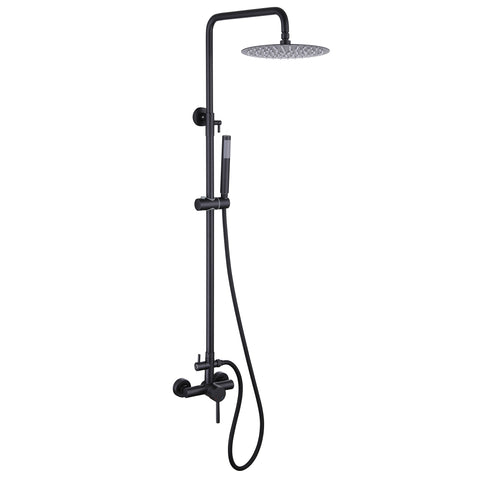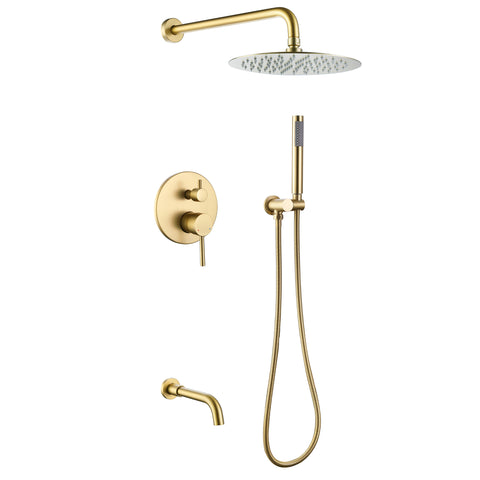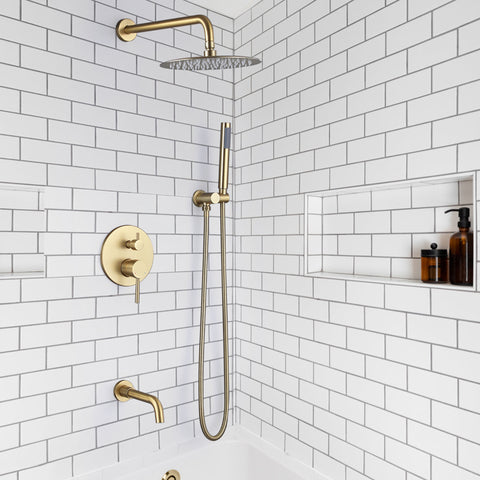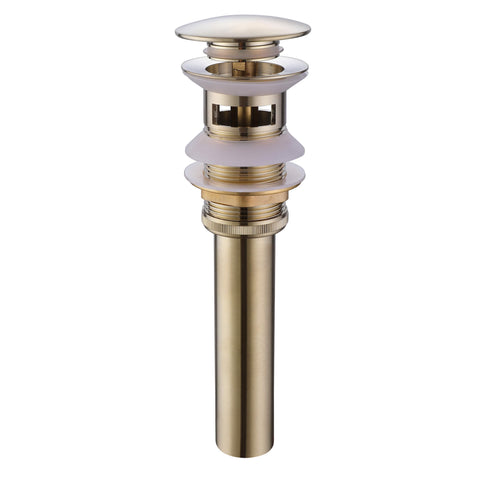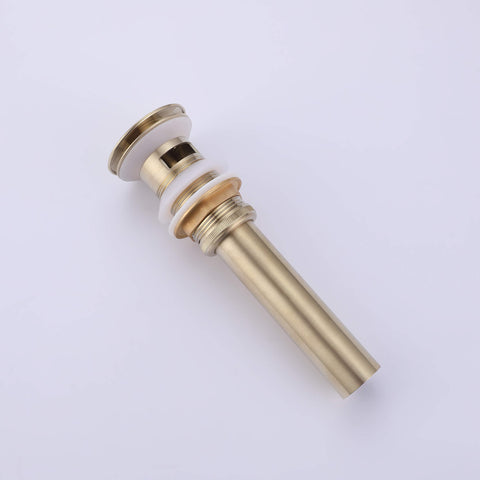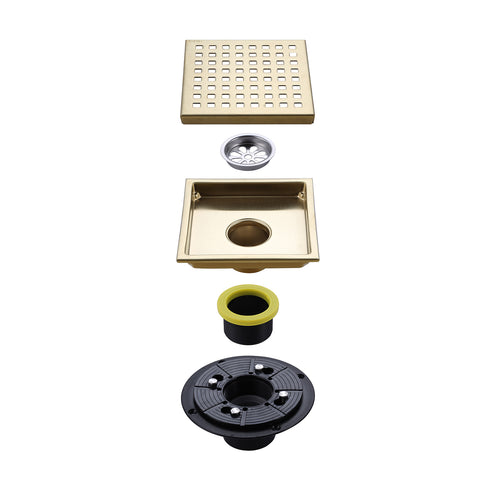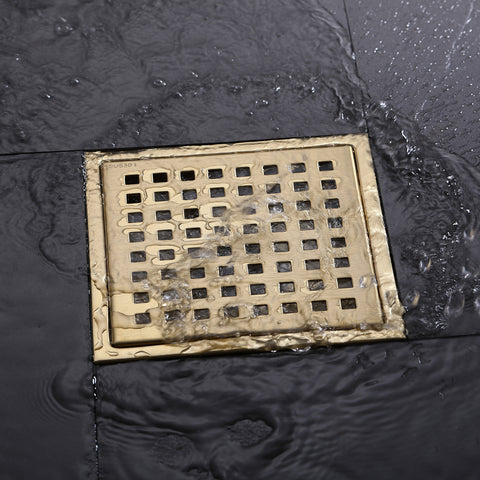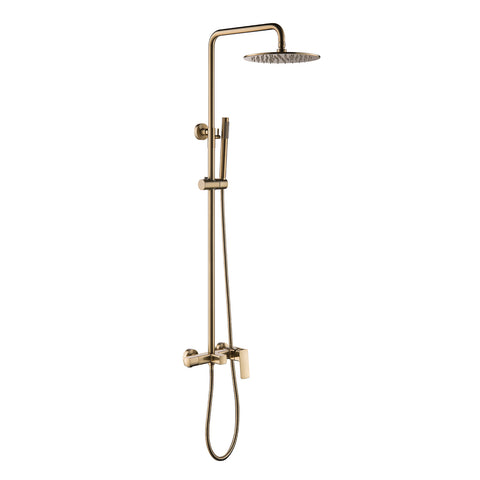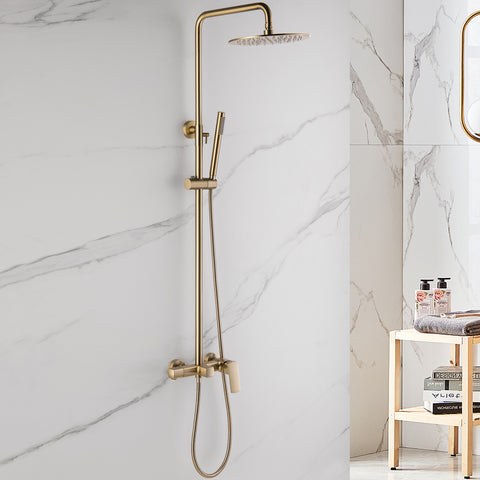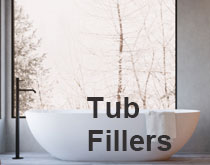Shower Faucet vs. Shower Valve: What's the Difference?
When it comes to creating the perfect showering experience, many components work together to provide comfort, convenience, and functionality. Two critical elements in this process are the shower faucet and the shower valve. While they may seem interchangeable, they serve distinct roles in your shower system. In this blog, we'll explore the key differences between a shower faucet and a shower valve, helping you make an informed decision when it comes to upgrading or installing your shower.
Shower Faucet: Bringing Style and Control
A shower faucet, often referred to as a shower handle or trim, is the visible part of your shower system. It’s what you interact with daily to control temperature and flow. Key features include:
- Temperature Control: Allows you to adjust the water temperature with ease.
- Flow Control: Lets you regulate water pressure with a turn or lever.
- Aesthetic Appeal: Comes in various finishes to match your bathroom’s style.
- Ease of Use: Simple and intuitive interface for everyday use.
- Ease of Replacement: An easy way to refresh your shower’s look without redoing plumbing.
Shower Valve: The Hidden Workhorse
While the faucet is what you see and touch, the valve is the behind-the-wall component that makes everything work smoothly. Here’s what makes it essential:
- Water Mixing: Combines hot and cold water to deliver your desired temperature.
- Pressure Balance: Maintains consistent pressure when other fixtures are in use.
- Thermostatic Valves: Offers precise temperature control—great for safety and comfort.
- Concealed Installation: Installed behind the wall, saving space and maintaining a sleek aesthetic.
- Durability: Designed to last longer than trim components, offering long-term performance.
The Perfect Harmony: Faucet and Valve Working Together
Together, the faucet and valve ensure your shower is stylish, safe, and functional. The faucet provides user control and visual appeal, while the valve handles the behind-the-scenes water delivery and safety.
When selecting a shower system, it’s best to choose a faucet and valve that match in design and are compatible. Thermostatic valves are highly recommended for homes with kids or older adults due to their consistent temperature output.
Always consult a professional to ensure compatibility with your plumbing system and to comply with local codes. Investing in a coordinated, high-quality faucet and valve ensures a better shower experience for years to come.
Conclusion
Both the shower faucet and shower valve play vital roles in your bathroom. Understanding their functions allows you to make better choices for performance, aesthetics, and comfort. Whether you're doing a minor upgrade or a full remodel, choosing the right combination will help you build the shower of your dreams—both beautiful and built to last.
